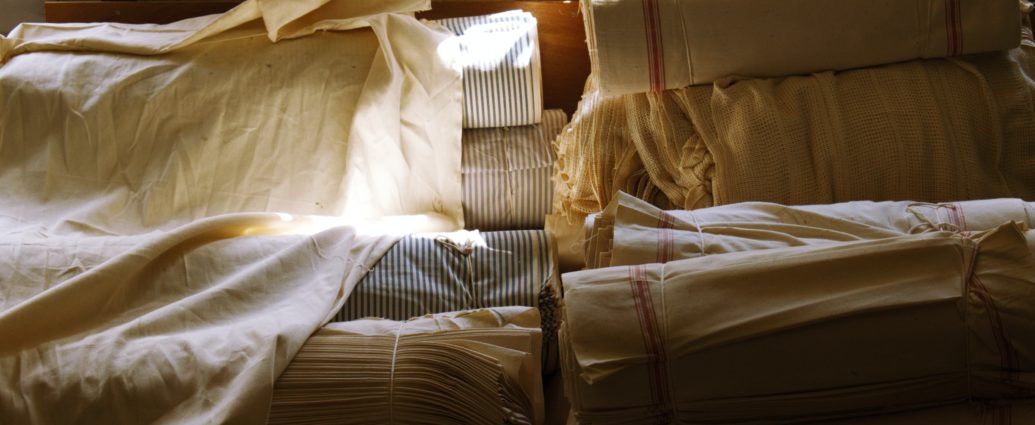This being a cold and snowy afternoon has me drowsy and looking over at my feather pillows and covers wishing to slip off into slumber. So with that said and the fact that we have had some recent articles on bedroom cottage furniture, we are going to go over some advice from the book The Practical Housekeeper, about this topic.
We have mentioned before how iron bedsteads were becoming more popular because of their cheapness and lovely designs. A few years before the civil war iron and brass bedsteads were made in nearly every size and form. They were to be considered a good choice with the benefits of health, cleanliness, and being lighter than its peers. These beds had no crevices for dust, dirt, or bedbugs to embed themselves – so these beds were held to be healthier than their wooden counterparts. So the mid 19th century saw a boom of these iron or brass bed frames. Why, even Queen Victoria had a brass bed which the 19th century visitor could view a display of in London’s Great Exhibition of 1851. But since iron beds were still not held as in as high esteem as brass beds manufacturers began adding brass tubing or finials. Interestingly, the manufactures even began plating the iron beds to look like a brass bed.
When browsing antique beds we usually only find the smaller sizes of twin or full. Well one good reason for this is the popular belief of the mid 19th century which was that each person should have their own bed to sleep in. Also a small bedroom was considered to be injurious to the health of the Victorians.
Now for bedding the sheets would have been linen, cotton or Swiss twilled calico, and according to the book the most durable linens for sheeting would have been the Russian, German or Irish fabrics. By 1857 these fabrics were woven wide enough to be cut into large pieces for not having a seam, pretty much like its modern counterpart. When buying the material for sheets the lady of the house would measure the width of the bed and then allow an extra half a yard. According to the book an average sheet size would have run you three and a half yards. The pillow cases were to be of the same material as the sheets.
Oftentimes mattresses were made of feathers or stuffed with other things like wool or horsehair, and even sometimes straw. The book goes on to mention that soft feather beds cause too much warmth and can contribute to getting sick. If going with a feather bed, then it was suggested to use a well stuffed bed of feathers. Otherwise a mattress of wool, or a combination of wool and horsehair would do just as well.
When reaching for your covers the emphasis was on light covers. It was noted that Marsellies quilts were too heavy and should not be used. A Marseilles quilt is what they call a whole-cloth quilt. They had originated in France and became very popular down thru colonial times and into the early 19th century. They were usually an all white woven piece of fabric that was quilted over with intricate designs, stuffed and backed, and then used as a quilt. These declined in popularity during the Victorian era, but regained some popularity during the early 20th century.
Now when covering your bedroom furniture it was said that chintz and dimity should be the choices since they do not collect as much dust and are less liable to “hide vermin” that the damask, moreen or any fabrics containing wool would.
The carpet that was to be in the bedroom was not supposed to be placed under the bed. Since the debris that fell under the bed would fall on the carpet and it was said that this would lead to “a nice hot-bed for fleas”. A three-ply carpet was mentioned as being the best for bedrooms.
Lastly, to sum up this article of the bedroom, so that you too can go slip under those covers and fall fast asleep would be to keep it simple. Have only what you need in the bedroom and don’t overcrowd the room with unnecessary items.

